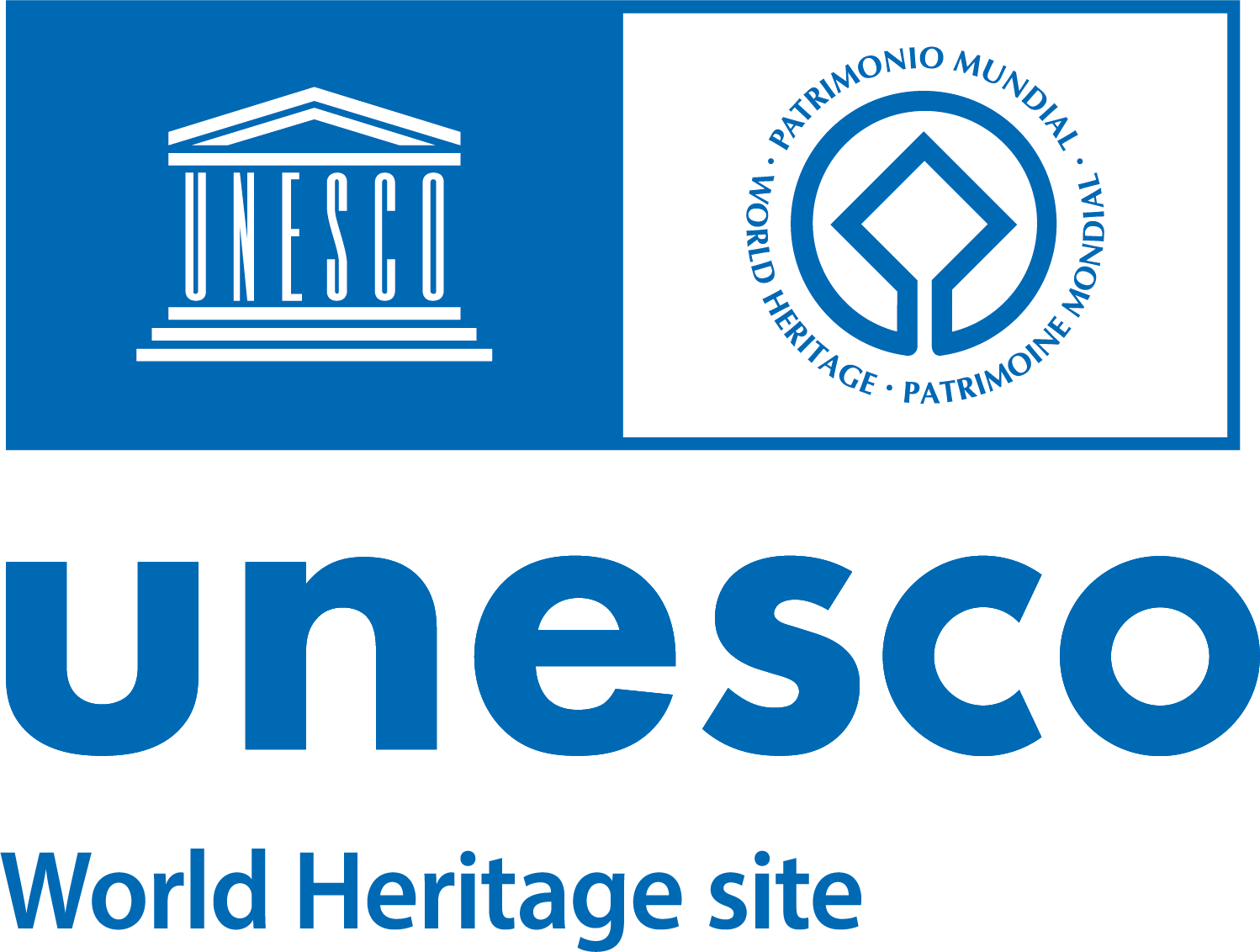A circular flowerbed planted with palm trees, in the centre of the Largo Magnanapoli square, preserves the barely visible remains of a wall made of large yellowish square blocks. A marble plaque states that these are the “Servian Walls from the time of the kings, brought to light in November MDCCCLXXV”.
Dating back to those years immediately following the proclamation of Rome as capital of the Kingdom of Italy, were the great construction works of the new Via Nazionale. Starting at the Termini area, they reached almost as far as Piazza Venezia, crossing and cutting through estates, fields and villas and therefore also redesigning heights and levels. This can be clearly seen today on the east side of the same square with the height of the retaining wall following the removal of the Villa Aldobrandini section.
The digging uncovered and cut into many structures and archaeological remains, revealing a situation in which the oldest walls were often severed or covered also by ancient structures that dated to several centuries later.
At the time of the discovery, the structure was preserved to the height of 5 rows (of which only 3 can be glimpsed today) and in length by 15 metres, as opposed to the current 10. Oriented approximately northwest-southeast, the structure stands almost perpendicular to the edge of the hill on which the wall ran. This wall section is however connected with others found in the same excavations, particularly with another structure parallel to this one further north, at a distance of approximately 11 metres, connected by an obtuse angle to another wall section that runs northwards and towards Palazzo Antonelli.
The situation already appeared quite complex at the time of the excavation: R. Lanciani recognised a city gate in this sort of inward invitation. In his general and masterful publication about the Republican walls, G. Säflund recognised in the southernmost arm the left flank of a gate, similar to the eastern gate of the castrum of Ostia, with an opening of about three metres, identifying it as the Porta Sanqualis, the southernmost gate of the Quirinal, named after the not too distant sanctuary of the ancient Sabine deity Semo Sancus.
However, it is more likely that the structure is the right shoulder of the gate, a sort of containment/terracing of the slope of a small depression, and this could also explain the presence of the small septa that would have anchored the structure inside.


2. Detail of the wall section on Largo Magnanapoli with the inscription commemorating the discovery


